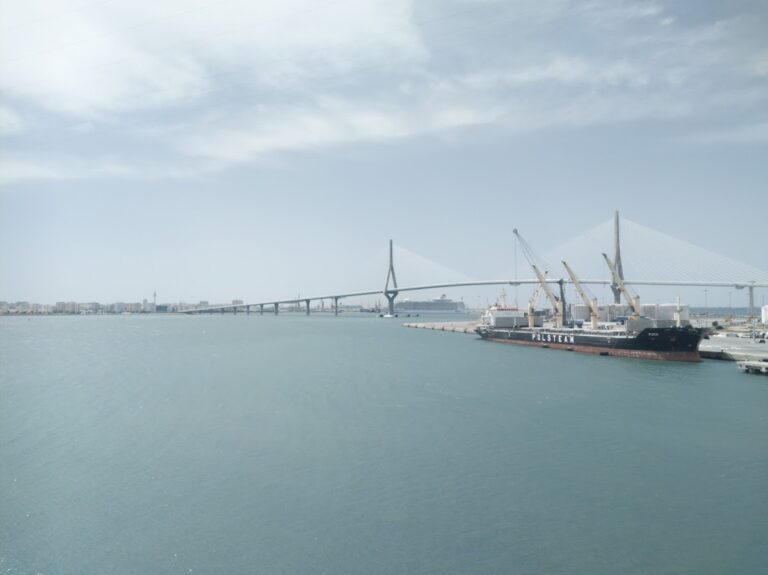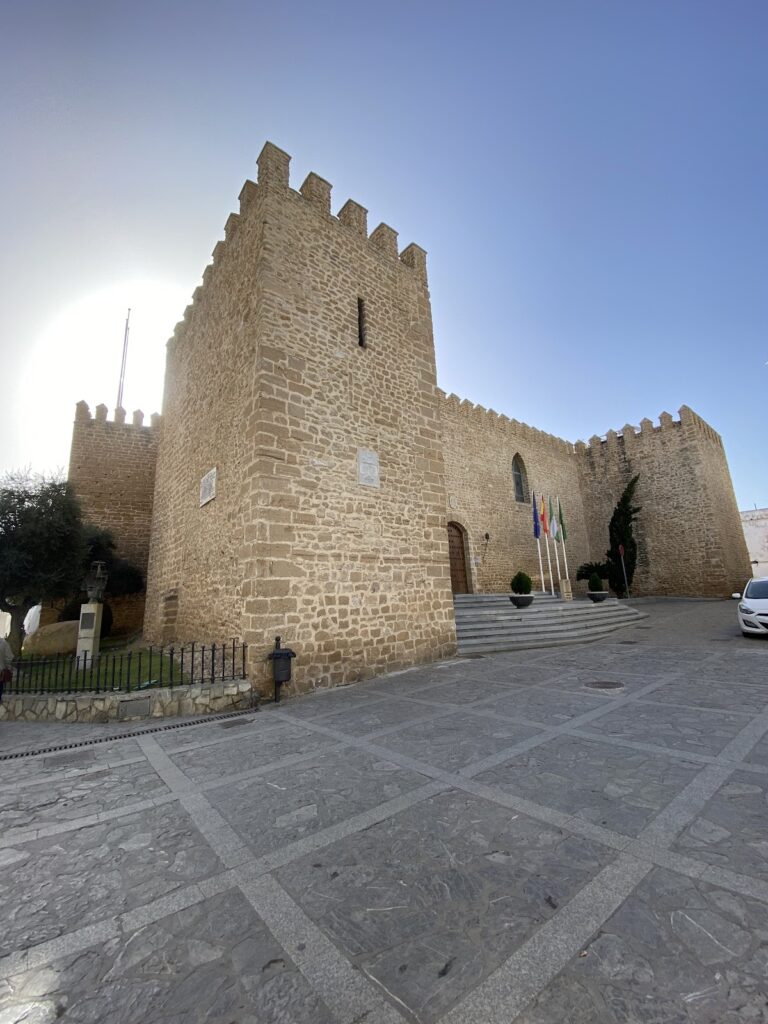Castle of San Sebastián, Cádiz: A Historic Coastal Fortress in Spain
Visitor Information
Google Rating: 4.3
Popularity: Medium
Google Maps: View on Google Maps
Official Website: turismo.cadiz.es
Country: Spain
Civilization: Unclassified
Remains: Military
History
The Castle of San Sebastián is a fortress situated on a small islet at one end of La Caleta beach in the city of Cádiz, Spain. Its earliest known significance stems from traditional accounts that associate the site with a temple dedicated to Moloch or Kronos, deities linked in mythology to figures such as Hades, Zeus, Poseidon, Hestia, Demeter, Hera, and Cronos. This suggests that the location held religious importance prior to the construction of the fortress itself.
In 1457, the site gained a new sacred function when Venetian sailors, recovering from the plague, erected a chapel on the islet. This chapel marked a moment of spiritual renewal and set the stage for later fortifications. Following centuries of use and the development of Cádiz as a strategic port, construction began in 1706 on the current defensive structure. The resulting castle features an irregular fortified enclosure designed specifically to protect the northern flank of the city from potential maritime threats.
During the early 19th century, the fortress took on a penal role. Between 1811 and 1817, it served as a prison housing notable detainees such as Juan Bautista Azopardo and leaders involved in the 1811 uprising in Granada, Nicaragua. This period highlights the castle’s function in regional military and political conflicts.
The year 1860 brought a significant modification with the building of a causeway, or malecón, connecting the islet directly to Cádiz’s urban area. This link improved access and integrated the fortress more closely with the city’s infrastructure. In the early 20th century, specifically in 1908, an iron lighthouse was constructed atop the base of a former Muslim watchtower within the castle grounds. Designed by Rafael de la Cerda, this lighthouse stands 41 meters above sea level and is notable for being Spain’s second electric lighthouse and its only one made of iron.
Recognized for its historical value, the castle was officially declared a Bien de Interés Cultural (Cultural Heritage Site) on June 25, 1985. In recent years, the fortress has been repurposed to support scientific study; since 2015, it has housed the Marine Research Laboratory associated with the University of Cádiz. Additionally, the castle has served as a filming location for major movies, including the Spanish film “Alatriste” (2005) and the James Bond film “Die Another Day,” reflecting its continued cultural relevance.
Remains
The Castle of San Sebastián occupies a small islet rising approximately three meters above sea level near the city of Cádiz. Its layout is characterized by an irregular plan formed by fortified walls intended to protect the northern sector of the city. The construction employs traditional defensive design suited to coastal fortifications and adapts to the natural contours of the islet.
Prominently, the site includes a lighthouse erected in 1908, distinguished by its iron structure which reaches a height of 41 meters above sea level. This lighthouse is unique within Spain, being the only one constructed of iron. It was built upon the remains of a Muslim-era watchtower known as a torre-atalaya, which once served as an observation post. The reuse of this watchtower’s base demonstrates the continuity of defensive use over centuries.
Access to the castle is facilitated by a causeway completed in 1860 that connects the islet directly to Cádiz’s urban core. This causeway allowed easier movement of personnel and materials, integrating the fortress into the city’s layout. The castle and lighthouse have been well preserved over time and underwent restoration work in 2017, with particular attention given to maintaining the lighthouse’s structural integrity.
Within the fortress, the Marine Research Laboratory of the University of Cádiz now occupies part of the premises, indicating adaptive reuse while maintaining the site’s historic framework. Overall, the features of the Castle of San Sebastián combine layers of military, religious, and scientific significance visible through its defensive walls, the reused watchtower, and the prominent lighthouse.










